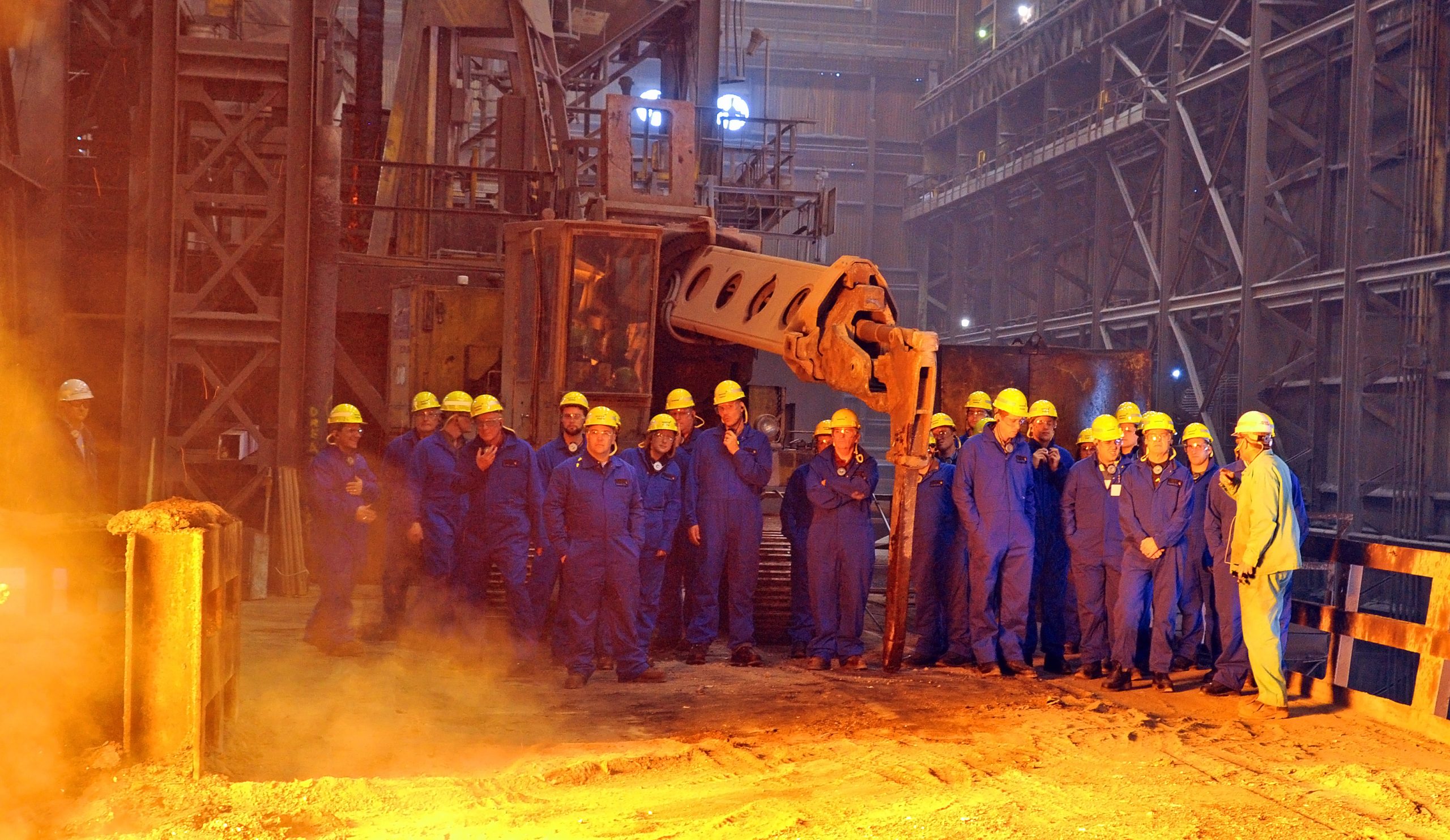Analysis

January 6, 2018
Construction Employment Highest Since 2008
Written by Sandy Williams
The construction industry gained 30,000 jobs in December for its highest employment level since September 2008. Construction employment totaled 6,993,000 in December, according to government data analyzed by the Associated General Contractors of America. During 2017, 210,000 jobs were added for a 3.1 percent annual increase.
“Employment and pay in construction have risen more rapidly over the past year than in the economy overall as the supply of unemployed experienced workers continues to shrink,” said Ken Simonson, the association’s chief economist. “Construction pay is now almost 10 percent higher than the private-sector average. Nevertheless, contractors report increasing difficulty filling many types of hourly craft and salaried openings, given the low rate of unemployment throughout the economy, including construction.”
In a recent survey conducted by AGC of more than 1,000 firms in the U.S., 75 percent of construction firms said they intend to add workers in 2018. Optimism was high among respondents, with 44 percent expecting the construction market to expand.
Projected expansion is broad-based across the construction industry, said AGC. Construction in the private office, transportation, retail, warehouse and lodging segments were highest on the optimism list among those surveyed. Respondents were least optimistic about federal construction, with just a net 8 percent expecting growth.
Average hourly earnings rose 3 percent year-over-year to $29.24 per hour, in part, as an effort to attract new recruits to the construction industry. Wages in the total private sector rose 2.5 percent to $26.63 per hour. AGC noted that construction jobs pay 9.8 percent per hour more than the average nonfarm private sector job in the United States.
Workforce shortages led 60 percent of firms to increase base pay rates, up from 52 percent last year. Thirty-six percent have provided incentives and/or bonuses, up from 35 percent last year. Twenty-four percent have increased contributions and/or improved employee benefits to cope with workforce shortages. Fifty-six percent of firms also plan to increase investment in training and development programs, up from 52 percent at the start of last year.
“While workforce issues remain their top concern, many contractors are also worried about competition and the impact of decisions made in Washington on their operations,” said Simonson. Increased competition for projects was a concern for 39 percent of firms, 28 percent were concerned by growth in federal regulations, and 24 percent bemoaned lack of new infrastructure investments.
Associated General Contractors of America intends to continue its work with the administration to finds ways to improve conditions for the construction industry. AGC urges the administration to fund infrastructure spending and pass the Perkins Act to make it easier to set up construction-focused career and education programs.
“In other words, as long as federal officials continue to work to boost infrastructure investments, reduce regulations and support workforce development, 2018 will be a strong year for the construction industry,” said Stephen E. Sandherr, the association’s chief executive officer.
More detailed information on construction market conditions and employment can be found at the AGC website: www.agc.org







